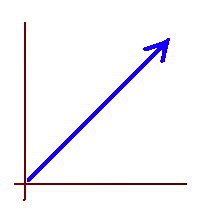Look for all the numbers the problem does not show youStandardized tests like GMAT, GRE, CBEST, and ASVAB include ratio word problems. These may be, for example, problems about mixing water with alcohol, or about the ratio of girls to boys in a classroom, or any other type of situation where it makes sense to talk about ratios. There is a consistent pattern that shows in nearly every ratio word problem found in standardized tests. They give you the basic proportion between two parts, and then they ask you a question about the total. Or they give you the ratio between the total and one of the parts, and then they ask you a question about the other part. To give a simple example, let’s consider this problem:
In a certain school, the ratio of girls to boys is 5 to 7. How many students are there in a classroom with 15 boys, if the same girls to boys ratio applies to that classroom?
Notice how the given ratio is that of girls to boys but then the question is about the total number of students in the classroom. That is typical of these ratio word problems, and it tends to confuse some students, especially at the beginning of their preparation period. If you are preparing for a standardized test, when you see this type of problem make sure you keep track of all the quantities involved, all the different parts as well as the total, not only the parts that come with the numbers in the given ratio. Look for the numbers the problem is not giving you. More often than not, the key to the solution is in those numbers that pertain to the situation but are not shown in the phrasing of the problem.




